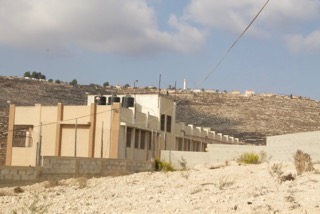-
I’m sorry we never knew each other
29th October 2016 | International Solidarity Movement | Hebron, occupied Palestine This is a the personal thoughts of an ISMer, remembering the execution of Hummam Adnan al-Saeed and Islam Rafiq Hammad Ibeido, on 27th and 28th October 2015. Israeli forces gunned down the two Palestinian men right in front of the ISM-apartment. The only thing […]
-
Settlers attack boy’s school, Israeli army traps students
26th October 2016 | ISM & IWPS | Urif, occupied Palestine Last Tuesday both the IWPS team and ISM team were harvesting olives in separate areas when we received a phone call telling us that there had been trouble with settlers from the illegal settlement Yitzhar and Israeli occupation forces near the high school for […]
-
Remembering Hummam, Remembering Islam: Reflections on genocide, one year on.
27th October 2016 | International Solidarity Movement, al-Khalil team | Hebron, occupied Palestine Acts of injustice done between the setting and the rising sun In history lie like bones, each one. – W. H. Auden, from “The Ascent of F6″ Today marks one year since the murder of a young man outside the ISM […]
Action Alert An Nabi Saleh Apartheid Wall Arrests BDS Bethlehem Bil'in Cast Lead Demonstration Denial of Entry Ethnic Cleansing Farmers Gaza Global Actions Hebron House Demolition International law Israeli Army Jerusalem Live Ammunition Nablus Ni'lin Prisoner Ramallah Rubber-coated steel bullets Settlement Settlers Settler violence Tear-Gas Canister Video


